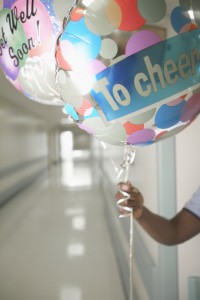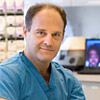 Our team is constantly being approached with questions on the healing process and post operative care after breast reconstruction surgery. We strive to provide our patients with the information to ensure they achieve the most optimal surgical experience. For Today’s Ask The Doctor post, we are sharing with you some steps and tips we have to help our patients improve their post surgery recovery and healing time !
Our team is constantly being approached with questions on the healing process and post operative care after breast reconstruction surgery. We strive to provide our patients with the information to ensure they achieve the most optimal surgical experience. For Today’s Ask The Doctor post, we are sharing with you some steps and tips we have to help our patients improve their post surgery recovery and healing time !
After Surgery
Family members will receive periodic updates during your surgery.
Following the procedure, you will be moved to a special unit in the hospital where you will be connected to monitoring equipment. There, nurses trained in post operative care of breast reconstruction will monitor you at all times. Family members can see you during visiting hours.
You will also receive an informative sheet that discusses your specific information and post-operative care. This likely will include information concerning drain care; it is very important to monitor flow from the drains in a 24-hour period. This guides us on when to remove them. You will also have a kind of thermometer on your chest, which monitors the flap. Other specifics and information will be provided in your post-operative packets.
As You Heal
Family and Friends:
Support from loved ones is very helpful. But understand that comments they may make during your recovery can cause you concern. Remember this: We will tell you honestly how you are doing and what we expect your result will be. Please trust in our knowledge and experience when we discuss your progress with you.
Healing:
You will heal! How quickly depends on factors your genetic background, your overall health and your lifestyle (exercise, smoking, drinking, etc.). Many people believe the surgeon “heals” the patient. No person can make another heal. Dr Craigie and Dr Kline can facilitate, but not accelerate, the healing process. But you play the starring role, so your cooperation is key.
Swelling:
You may find swelling of your new breast and abdomen (DIEP) or buttock (GAP) to be troublesome and your clothes may not fit. Be patient, this swelling will gradually subside and you will feel better in a few weeks. There will be a certain amount of tightness in the area where the flap was taken from. This will slowly relax in a few months.
Following Instructions:
Another way to improve healing is by following the instructions given by Dr. Craigie and Dr. Kline’s staff. We believe “the difference is in the details” and strive to achieve the best possible results for you. It is imperative that you act as a partner in this process — not a passive participant. The instructions are designed to give you the best opportunity for healing without delay or surprise.
Click here for a complete list of post surgery healing and recovery tips and instructions.
Have questions about post operative breast reconstruction? Or questions in general? Join us on August 28th for our Post Op Pearls Webinar.
















